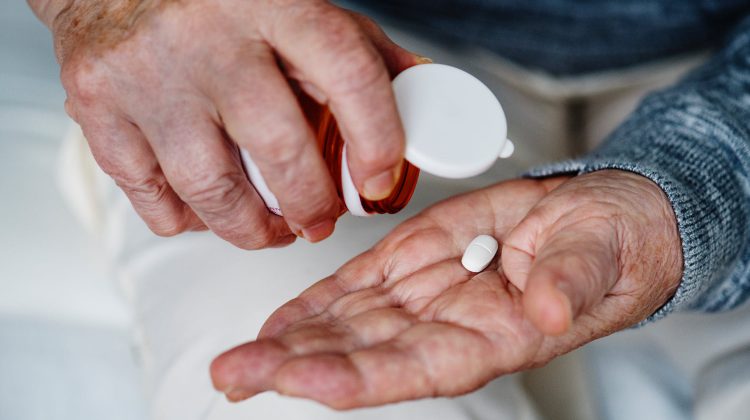Opioid deaths in Simcoe Muskoka are lower this year, but our local health unit says there’s still a long way to go.
The Simcoe Muskoka District Health Unit (SMDHU) saw 95 suspected drug related deaths from January to July of 2022. In the same timeframe, it’s around 26 per cent lower than the 129 deaths in 2021, but about 13 per cent higher than the 84 in 2020, and still nearly double the average from 2017 to 2019.
“We are seeing a bit of a decrease between 2022 and 2021 death data for opioid overdoses, and we’re hoping to see that decline going forward, but it’s still much higher than it was pre-pandemic,” says Mia Brown, chair of the Simcoe Muskoka Opioid Strategy Steering Committee.
According to Brown, opioid-related emergency department visits nearly quadrupled during the pandemic, compared to rates recorded from 2010 to 2014. Brown says the COVID-19 pandemic threw a wrench in the works when it comes to getting people the help they need.
“That could certainly be related to the decrease in access for some people to getting naloxone they need, for whatever reason,” says Brown. “Whether it’s community partner agencies unable to distribute at the time, or people unable to get to a pharmacy because of isolation. We also know the toxicity of the local drug supply is of huge concern.”
Brown says that on top of fentanyl making its way into the drug supply, benzodiazepines have been contaminating the drug supply for a few years. She says this poses problems as naloxone is designed specifically to reverse an opioid overdose, and does not work on tranquillizers such as benzodiazepines.
However, Brown says naloxone should still be administered to anyone suspected of going through an opioid overdose, adding it won’t harm but it just won’t necessarily be as effective.
Brown adds that 911 should always be called in the event of a suspected overdose, even if naloxone is on hand. She says the two doses available in a standard kit might not be enough to reverse the overdose fully, and the victim might have other drugs in their system that need to be attended to.
According to Brown, the opioid crisis has many factors, and needs to be addressed by a variety of methods. The SMDHU’s recently-released Opioid Strategy Action Plan lists a number of measures aimed at both preventing and addressing opioid addiction.
“We’re really looking at exploring safer supply options for our region with this new action plan,” says Brown. “We’re also looking at the continued efforts to expand access to naloxone, working closely with community partnerships from a prevention perspective.”
That includes opioid agonist therapy programs, which prescribes longer-lasting opioids that prevent withdrawal symptoms without getting a user high. Also important are programs which Brown says target families whose children may be at higher risk because of “adverse childhood events, toxic stress, and other social determinants of health.”
“It’s really hard to tell because it’s so multi-faceted, so I think there’s a lot of factors that come into play to determine when we see an increase in instances,” says Brown. “But certainly we’re hoping to continue to see this decline in overdose deaths in the next six months of this year, and time will tell when we do our reports in the new year.



